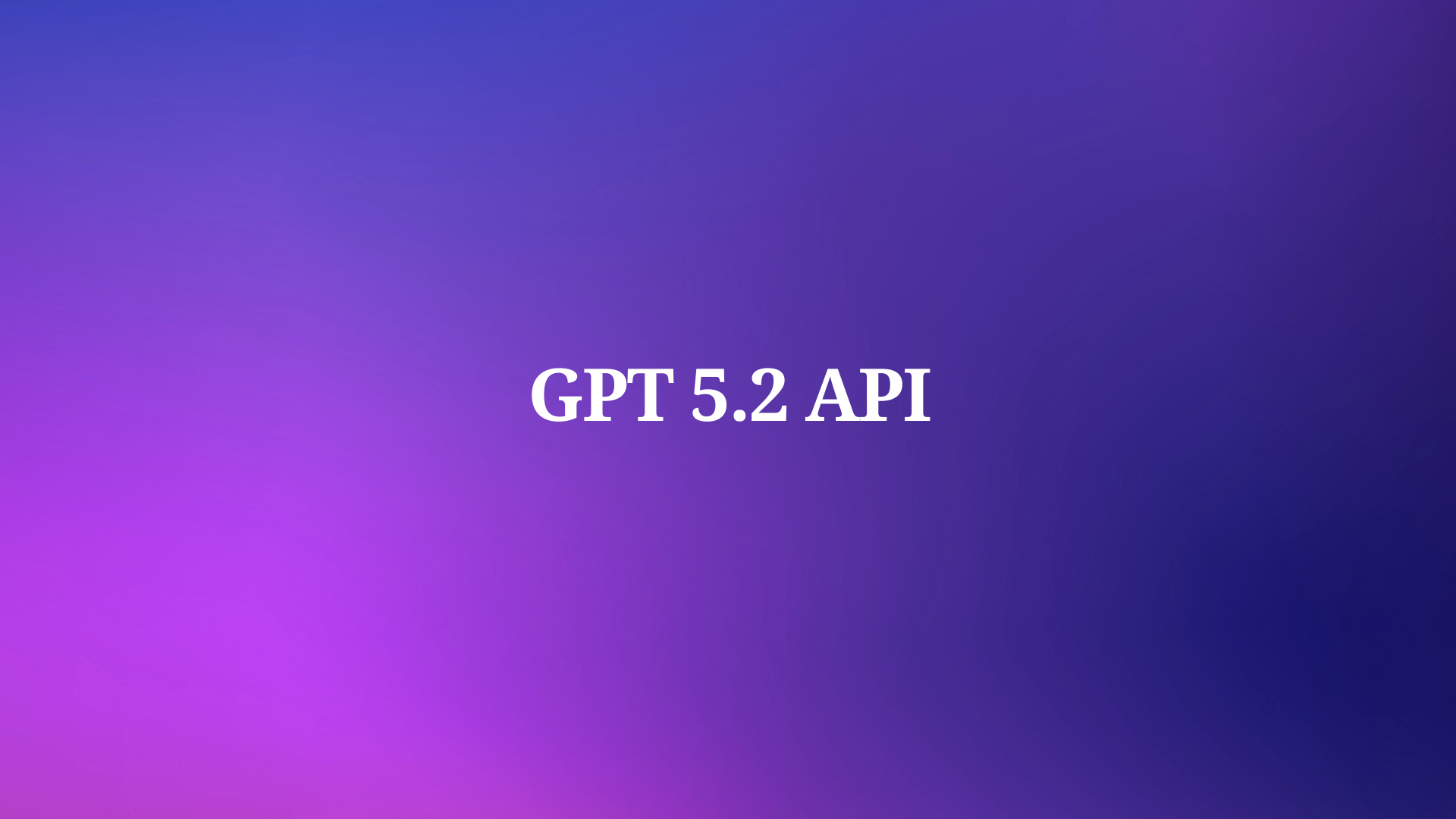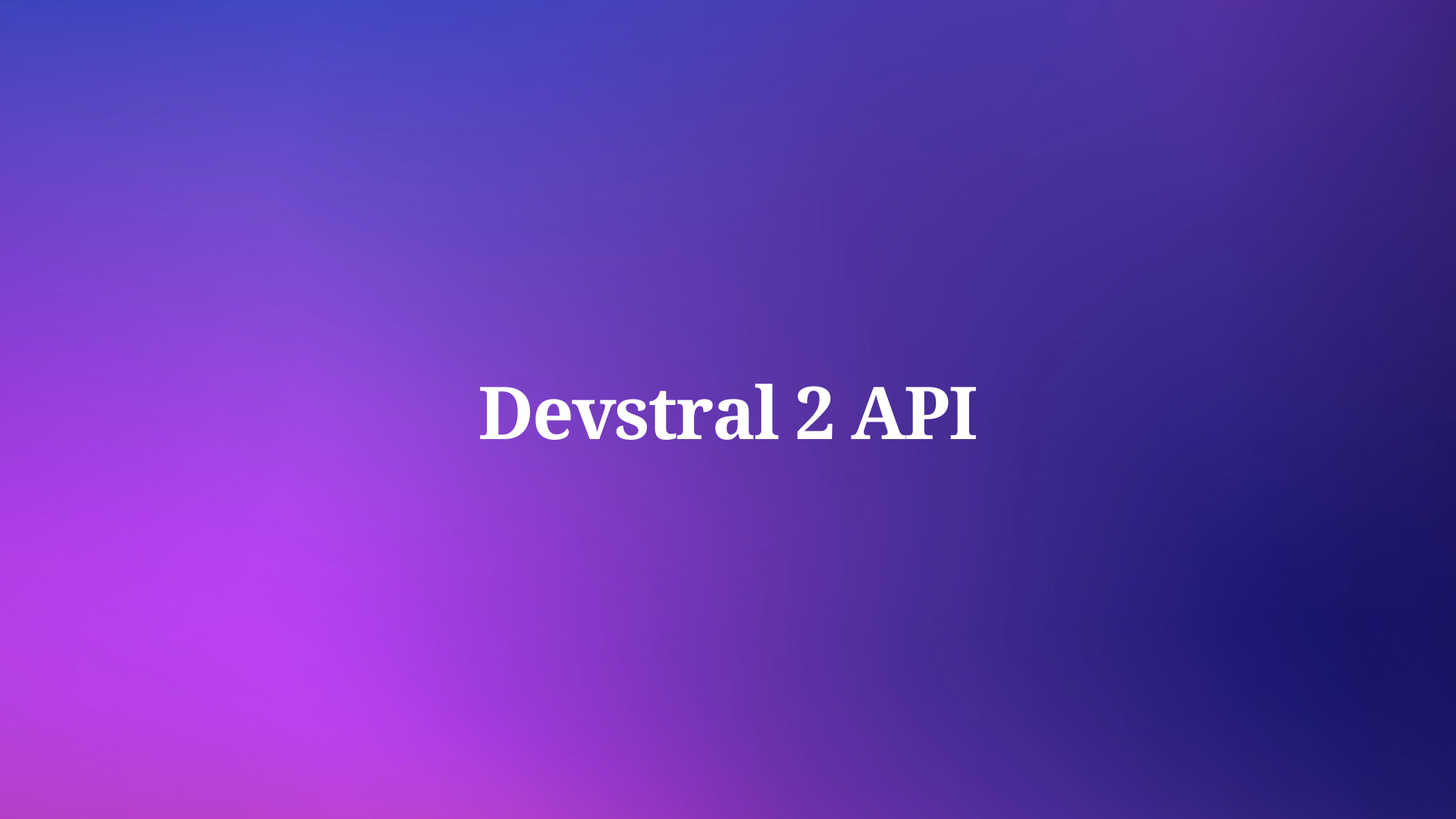Middleware is a crucial layer of software that lies between the operating system and the applications running on it. It enables communication and data management for distributed applications, playing a vital role in modern IT environments.
Middleware acts as a bridge, facilitating the interaction between different software components, applications, and services, often across heterogeneous environments. By providing a common platform for communication and data exchange, middleware ensures that different systems can work together seamlessly.
Understanding Middleware
What is Middleware?
Middleware is a software layer that provides common services and capabilities to applications beyond those offered by the operating system. It includes web servers, application servers, content management systems, and other tools that support application development and delivery. Middleware simplifies the development of applications that need to operate across multiple platforms by providing a standard way to communicate and manage data.
Types of Middleware
- Message-Oriented Middleware (MOM): Facilitates communication between distributed systems through the exchange of messages. Examples include IBM MQ and RabbitMQ.
- Database Middleware: Connects applications to database systems, ensuring efficient data retrieval and storage. Examples include ODBC and JDBC.
- Application Server Middleware: Provides a runtime environment for applications, managing their execution, security, and availability. Examples include IBM WebSphere and Oracle WebLogic.
- Web Middleware: Supports web applications by managing HTTP requests and responses. Examples include Apache HTTP Server and Nginx.
- Transaction Processing Monitors (TPMs): Manages transaction processing, ensuring data integrity and consistency. Examples include Tuxedo and CICS.
Key Functions of Middleware
Interoperability
Middleware enables interoperability between different applications and systems, allowing them to communicate and work together regardless of their underlying platforms and technologies. This is essential in heterogeneous IT environments where systems from different vendors need to integrate seamlessly.
Data Management
Middleware provides robust data management capabilities, ensuring that data can be accessed, updated, and shared efficiently across different applications. It includes features like data caching, transaction management, and data synchronization, which are crucial for maintaining data integrity and consistency.
Scalability
Middleware supports scalability by allowing applications to handle increasing loads and growing amounts of data. It enables the distribution of processes and workloads across multiple servers, ensuring that applications can scale horizontally and vertically as needed.
Security
Middleware enhances security by providing authentication, authorization, and encryption services. It ensures that only authorized users can access specific resources and that data is protected during transmission and storage.
Middleware in Modern IT
Cloud Computing
In cloud computing, middleware plays a critical role in enabling the integration and management of cloud services. It provides the necessary tools and frameworks for developing, deploying, and managing cloud-based applications, ensuring they can interact with other cloud services and on-premises systems.
Internet of Things (IoT)
Middleware is essential in IoT environments, where numerous devices need to communicate and share data. It provides the necessary protocols and interfaces for device connectivity, data exchange, and management, enabling seamless interaction between IoT devices and applications.
Microservices Architecture
In microservices architecture, middleware facilitates the communication and coordination between microservices. It provides the necessary infrastructure for service discovery, load balancing, and message routing, ensuring that microservices can work together efficiently.
Middleware vs. API: Key Differences
1. Definition and Function:
- Middleware: Middleware is software that sits between the operating system and applications, providing common services and capabilities such as messaging, authentication, and data management. It facilitates communication and data management for distributed applications, effectively acting as a bridge that ensures seamless interaction between different components of a system.
- API: An API (Application Programming Interface) is a set of rules and protocols that allows different software applications to communicate with each other. APIs define the methods and data formats for requests and responses, enabling interoperability between software components.
2. Scope and Usage:
- Middleware: Middleware is used to connect different software components and manage the complexities of distributed systems. It provides an environment where applications can communicate and exchange data efficiently, handling tasks such as transaction management, message queuing, and security.
- API: APIs are used to expose specific functionalities of an application or service to other applications. They allow developers to interact with a service or application without needing to understand its internal workings, making it easier to integrate different systems.
3. Complexity:
- Middleware: Middleware solutions are generally more complex as they handle multiple services and functions within an application ecosystem. They manage interactions between various applications, ensuring they work together seamlessly.
- API: APIs are typically simpler, focusing on providing access to specific features or data of an application. They are designed to be easy to use and understand, enabling developers to integrate and extend functionalities quickly.
4. Integration:
- Middleware: Middleware facilitates integration by providing a comprehensive environment that manages communication and data exchange between applications. It often includes tools for monitoring, security, and transaction management.
- API: APIs facilitate integration by exposing specific functionalities that other applications can use. They allow for modular development, where different parts of an application can interact through defined interfaces.
5. Performance:
- Middleware: Middleware can enhance performance by optimizing communication and data management across distributed systems. It can manage load balancing, caching, and other performance-related tasks.
- API: APIs can also impact performance, particularly in how they handle requests and responses. However, their primary focus is on providing access to functionality rather than managing system-wide performance.
6. Security:
- Middleware: Middleware often includes security features such as authentication, authorization, and encryption to ensure secure communication between applications.
- API: APIs need to be designed with security in mind, implementing measures such as API keys, OAuth, and rate limiting to protect against unauthorized access and abuse.
How Middleware Utilizes APIs?
Middleware and APIs are deeply interconnected in modern software architecture, each playing a crucial role in enabling seamless communication and integration between different applications and systems.
- Communication and Data Exchange: Middleware often uses APIs to enable communication and data exchange between different applications and services. By providing a standardized way to interact, APIs ensure that different systems can connect and work together seamlessly.
- Service Integration: Middleware leverages APIs to integrate various services, such as authentication, logging, and transaction management. APIs allow middleware to access and manage these services, ensuring that they work together to support the overall application functionality.
- Abstraction and Simplification: Middleware abstracts the complexities of underlying systems and provides a simplified interface to developers through APIs. This abstraction makes it easier for developers to build and deploy applications without needing to understand the intricacies of the underlying infrastructure.
- Scalability and Flexibility: Middleware uses APIs to offer scalable and flexible solutions that can adapt to changing requirements. APIs enable middleware to add new services or modify existing ones without disrupting the overall application architecture.
Using Apidog to Test Middleware APIs
Apidog provides comprehensive testing features for APIs, ensuring that middleware components function correctly and meet performance, security, and scalability requirements.

Here’s how Apidog can be used to test middleware APIs:
- API Testing: Validate the functionality of middleware APIs by sending requests and verifying responses. This ensures that the middleware components communicate correctly with other systems and applications.
- Load Testing: Assess the performance of middleware under different loads to ensure it can handle high traffic and data volumes without degradation.
- Security Testing: Identify and address vulnerabilities in middleware APIs to ensure data protection and secure communication.
- Performance Monitoring: Continuously monitor middleware performance to identify bottlenecks and optimize resource usage.
Conclusion
Middleware and APIs are essential components in modern software architecture, enabling seamless communication, integration, and data management across diverse systems. Middleware leverages APIs to provide a standardized interface for interaction, facilitating the development and deployment of distributed applications. Tools like Apidog enhance the reliability and performance of middleware by offering robust API testing and monitoring capabilities. By understanding and leveraging the relationship between middleware and APIs, organizations can build more efficient, scalable, and secure applications.



